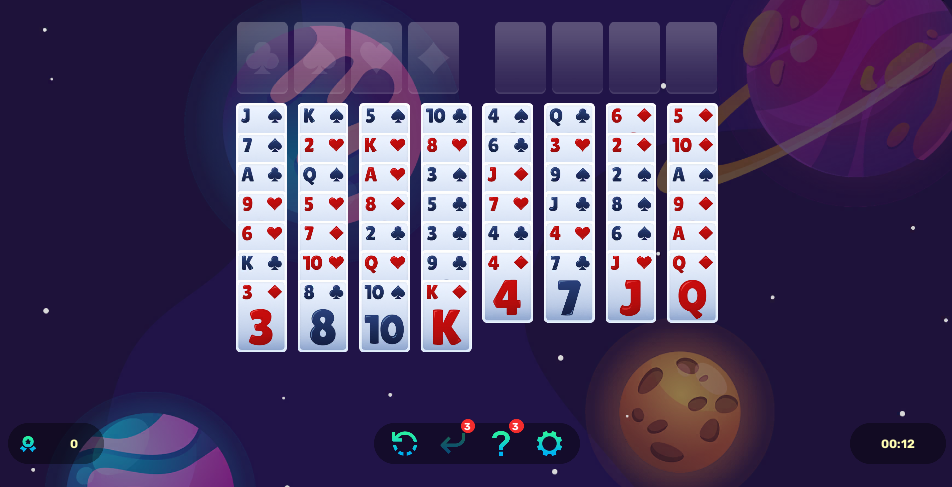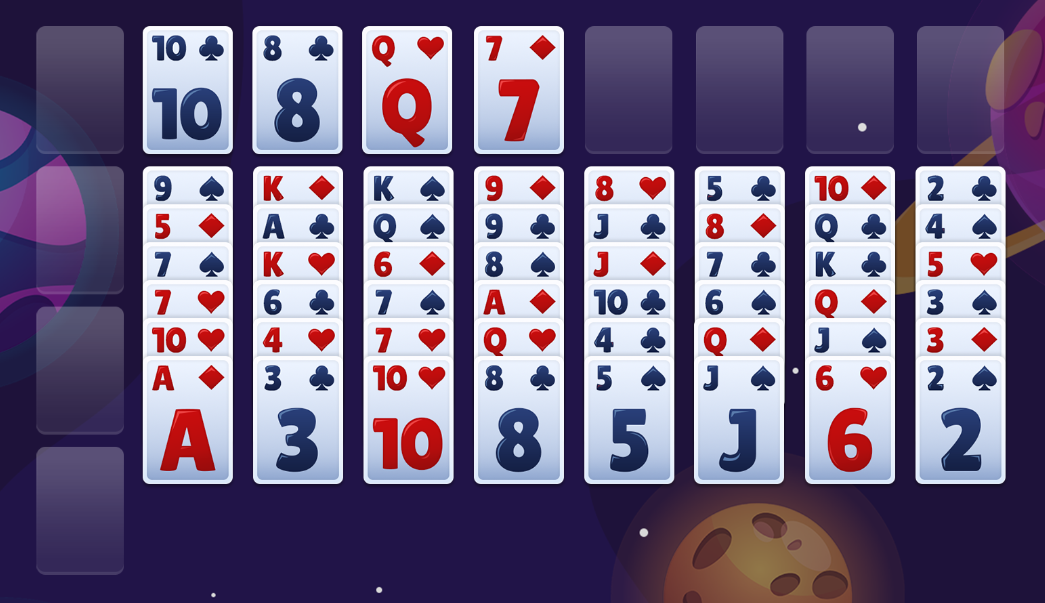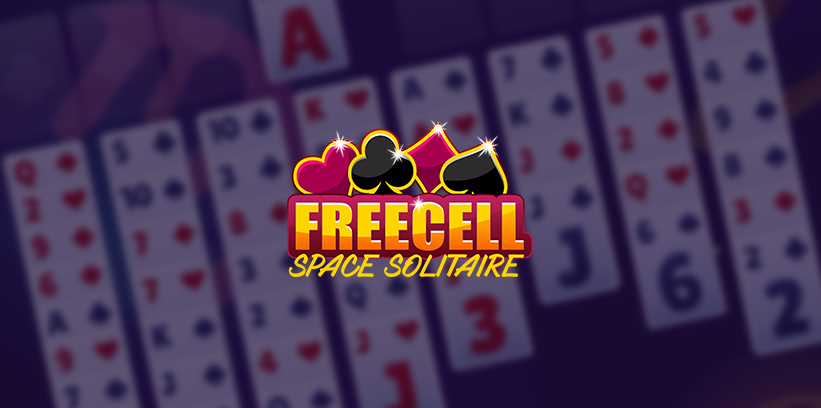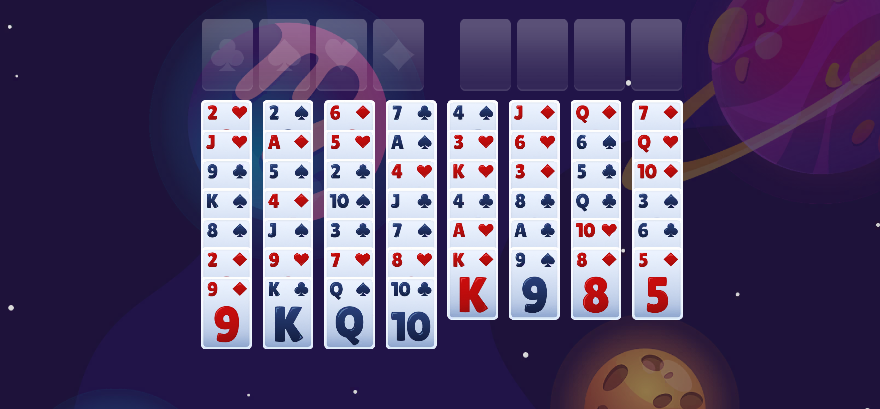Freecell Game Types: Rules & Differences
Freecell is one of the most popular solitaire card games: from back in the day when Microsoft had this game on the Windows operating system to today where it boasts several advancements. The game is popular for its perfect balance of luck and strategy. Over the years, the classic game has inspired numerous variations.
In this in-depth article, we’ll explore the different types of Freecell games, their rules, and how they change the gameplay experience. So, whether you’re a seasoned player or a beginner, this exclusive guide will help you discover which Freecell variant suits you best.
How Freecell Variants Change the Gameplay
Like in many other card games with variants, different Freecell alterations affect the fundamental aspects of the game. These alterations affect the tableau structures, Freecell limits, deck sizes, and movement rules. As a result, these changes significantly impact the overall strategy and difficulty of the game.
Take an example of increasing the number of free cells. This will provide more flexibility in card movement. However, you will need to build sequences by suit and not by alternating colors. This adds more complexity. Let’s get into the different variations.
Classic Freecell vs. Modern Variations: Key Differences
The Classic Freecell version remains the most widely played version. However, modern variations have introduced new rules and features that cater to different preferences. Here’s a closer comparison of the classic and modern versions.
Gameplay Basics
In regular Freecell, you must move all cards to the foundation piles in ascending order by suit. The tableau in this variation comprises eight columns. Seven cards are available in the first four while the remaining four contain six cards. You can then move the cards between columns, build sequences in alternating colors, and utilize four free cells to temporarily hold cards. These core mechanics remain consistent across most variations.
However, the modern version often comes with several adjustable mechanics. For instance, you can change the tableau layouts, free cell counts, or movement rules. As such, you need to alter your strategy to counter the adjusted mechanics.
Difficulty and Strategic Complexity
Classic Freecell is known for being solvable with the right strategy. That’s because all deals are theoretically winnable. But that’s not the case with modern variations. Some games increase the difficulty by adding restrictions or advantages.
For instance, some versions reduce the number of free cells, making it harder to plan moves. On the other hand, some versions include larger tableaus or additional decks, requiring more advanced planning.
Visual and Digital Enhancements

Modern Freecell variations, especially digital versions, often come with enhanced graphics, scoring systems, and time challenges. These features make the gameplay more dynamic and engaging. As such, the game becomes more appealing to a broader audience. Some versions even go ahead to include hints and undo options to make the game more accessible to beginners.
Popular Freecell Variations
Freecell has inspired numerous variations. Here are the well-known versions and what makes them different.
Baker’s Game
The Baker’s Game is one of the most challenging versions of Freecell. You see, in Classic Freecell, you need to build sequences by alternating colors. However, in the Baker’s Game, you must do this by suit.
This rule change makes it significantly tougher to win. That’s because players have fewer options for moving cards. As a result, the strategic implications become profound since players must carefully plan their moves to avoid getting stuck.
Eight Off

If you’re a beginner still trying to get a hang of things, then Eight Off is the perfect place to start. Instead of the standard four free cells offered, this game comes with double the number (8). The result of the additional free cells is the flexibility to maneuver cards and plan moves, which reduces the overall difficulty.
While the difficulty goes down thanks to the four more free cells, you still need to implement strategic thinking. You must still decide which cards to place in the free cells to maximize your options.
Double Freecell
If you’re an ardent Freecell player and you’re hunting for a challenge, the Double Freecell variation tops the list. This version is more complex than the standard game because it uses two decks of cards instead of one.
What this means is you have a much larger tableau to deal with. Of course, this translates to greater foresight and planning. With the increased number of cards and columns, the game becomes more challenging since you must manage twice as many cards. That’s not forgetting you must keep track of their movements.
Which Freecell Variant Suits You Best? Try Them All Now!
Each Freecell variant offers a unique challenge to cater to different playing styles and preferences. The rules and challenges ensure the game never gets stale. But if you’re a beginner, starting with the classic version will allow you to familiarize yourself with the core mechanics. Once you’ve mastered the basics, experiment with other variations to discover which one you enjoy the most.


